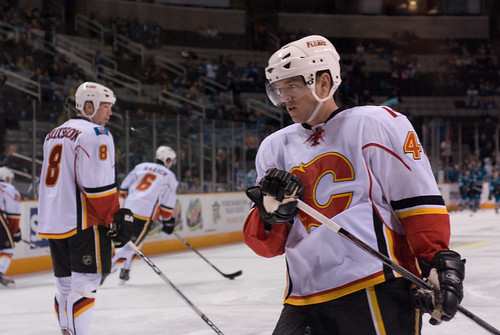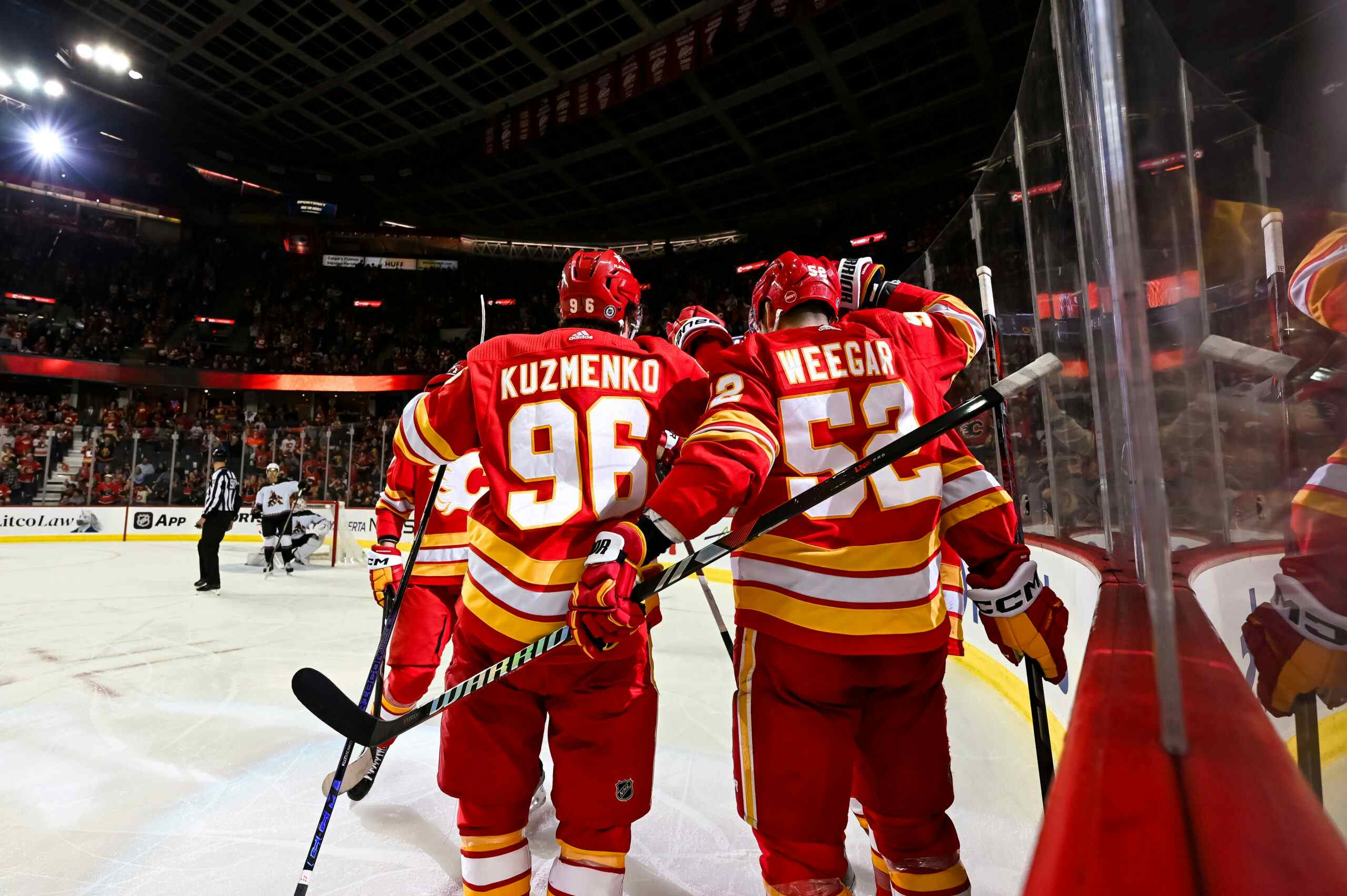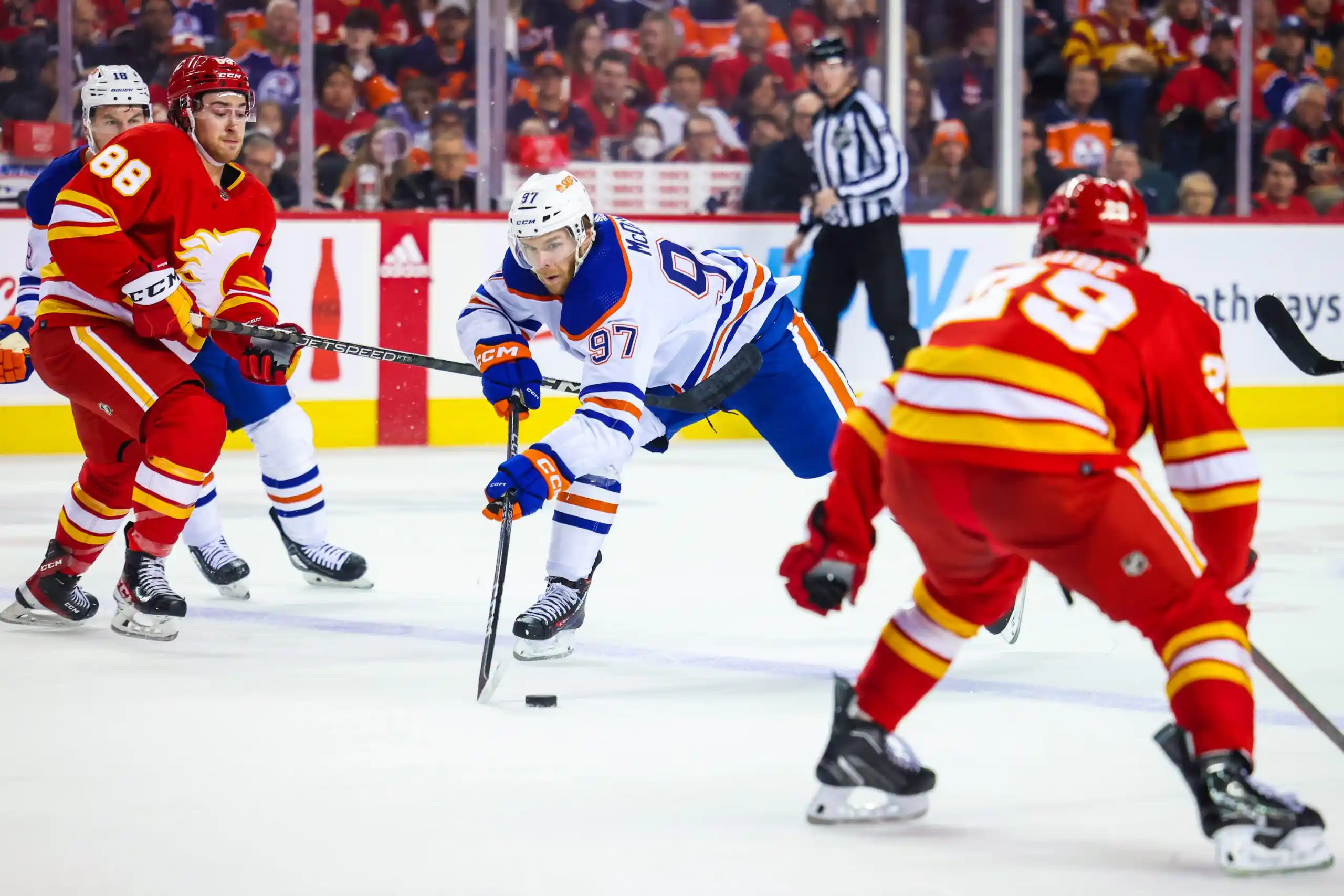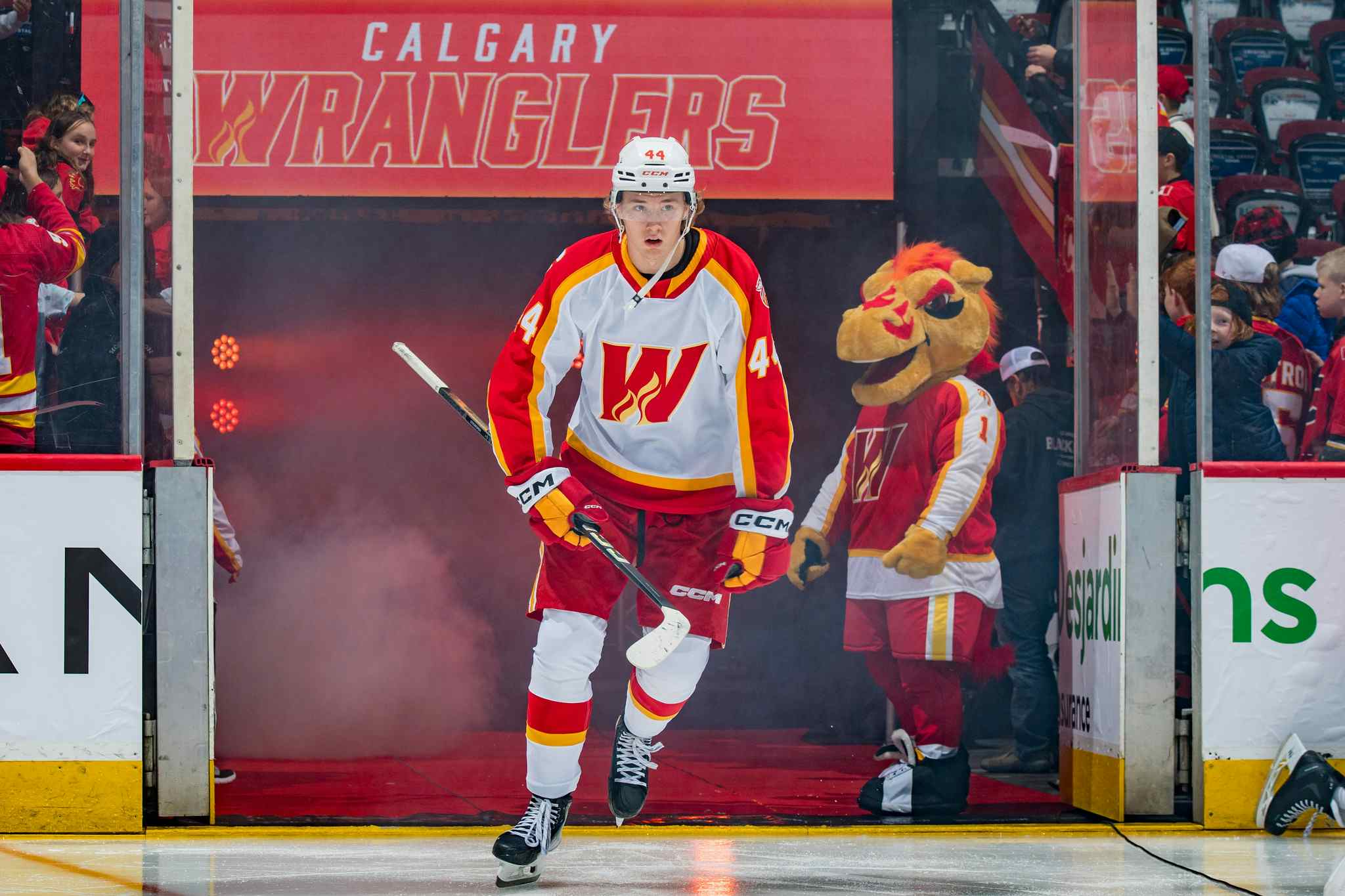The Flames Age-Gap Challenge
By Ryan Pike
10 years ago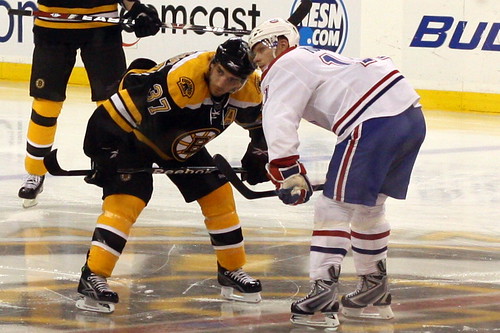
When you watch the NHL’s conference finals from a Flames perspective, it’s hard not to get a bit jealous. The four teams involved have recently been incredibly smart – and, let’s face it, lucky – drafters, but they’ve also managed to build their clubs in a specific way. The teams are young, fast and strong, but aren’t horribly green or inexperienced. They boast some older veterans, but aren’t old and slow, either. They have players of almost every age and their youth is distributed carefully throughout their rosters.
In short – the challenge for the Flames during their rebuild/reload/retool phase is to fill in their age gaps smartly and efficiently.
A LOOK AT BOSTON
The Bruins are marginally older than the Flames were to open this season. But take a look at how their age is distributed, sorted by birth year. Key players (top 6 forwards and top 4 defensemen) have been highlighted.
1972: Jagr
1974: Pandolfo
1977: Thornton, Chara, Redden
1979: Ference
1980: Kelly
1981: Seidenberg
1982: Peverley
1983: Campbell, Johnson <– 30+ years old
1984: Paille, Boychuk
1985: Bergeron, Horton, Soderberg
1986: Bourque, Krejci, McQuaid, Khudobin
1987: Rask
1988: Camper, Daugavins, Lucic, Marchand, Bartkowski
1989: Svedberg
1990: Caron
1991: Krug
1992: Seguin
1993: Hamilton
The bulk of the key Bruins players were born between 1985 and 1988. Sure, they have some older players (notably Jagr and Chara on the far end), but the core of the team is right in the meaty part of their career arcs. Boston is elite because those guys are nicely complemented by some strong older and younger players.
A Look at Calgary
Here’s how the Flames compare, based upon the roster they’ll likely begin with – presuming no UFA pick-ups or trades:
1978: Begin, Sarich
1979: Tanguay
1980: MacDonald
1981: Jackman, McGrattan
1982: Cammalleri, Glencross
1983: Stajan, Stempniak, Giordano, Wideman <– 30+ years old
1984: Hudler, Smith
1986: Jones, Butler, Ramo
1987: Street, Berra
1989: Aliu, Backlund, Bancks, Byron
1990: Bouma, Hanowski, Brodie, Cundari
1991: Horak
1992: Baertschi, Reinhart
As you can see, there are some younger players, but the majority of the key piece (aside from Brodie, Backlund and Baertschi) were born in the early 1980s. This is a simple way of showcasing Calgary’s most glaring roster deficiency – it’s not that the team’s “old,” the issue is that the team’s most relied-upon players are generally post-apex age-wise (also – not a single player on the roster is elite).
The roster’s tilted in a manner that’s demographically unsustainable. Many of the Flames key players are getting worse, not better.
Of course, we’ve known about the Flames roster hole for some time around here. The primary cause is the mid-to-early Darryl Sutter years, where the club completely failed to yield any meaningful organizational assets from the NHL entry draft. Between 2003 and 2006, Calgary selected exactly one player who falls in the top-6 forward or top-4 defenseman designation – Dion Phaneuf. And he was moved along for a handful of magic beans by Sutter in 2009.
Over that time frame, the second best NHLer picked by the Flames was Brandon Prust (twice traded for Olli Jokinen), while Adam Pardy and Dustin Boyd fall a distant third and fourth.
The most problematic stretch was the 2005 and 2006 drafts (1987-1988 birthdates), where the Flames garnered exactly zero NHL caliber players with 16 picks, let alone any above average players. The best of that bunch so far is Brett Sutter, who has appeared in 37 NHL games.
The good news is, things seem to have at least marginally improved on the drafting front starting in 2007 with Mikael Backlund, TJ Brodie, Sven Baertschi, Tim Erixon (gone, but probably going to be an NHL player), Johnny Gaudreau, etc. all selected by the club since then.
The challenge moving forward – and it’ll be tough to do in any way but via trade, or the draft for the patient approach – is shifting the balance more towards a younger core like the Bruins (and Hawks and Kings) have done, while effectively supplementing them with capable veterans. As we’ve seen up north, simply losing a bunch of games every year and picking high in the rotation at the draft isn’t necessarily a guarantee to suceed.
If you take a glance at the various age groups of the Flames prospects, there are a few players that could help tilt the balance, but there’s no guarantees here.
1988: Lamb
1989: Eddy, Breen
1990: Nemisz
1991: Howse, Martin, Ramage, Ortio
1992: Agostino, Arnold, Elson, Ferland
1993: Deblouw, Gaudreau, Granlund, Culkin, Wotherspoon, Brossoit
1994: Gordon, Jankowski, Kulak, Sieloff, Gillies, (2013 picks)
1995: 2013 picks
At this point, most of these 1988 to 1991-born players are generally known quantities at the pro level. The exception is John Ramage and maybe Joni Ortio. The 1992 and 1993 age groups have shown some promise at the levels they’ve been playing at – Arnold and Agostino have been very good college players, Gaudreau has been elite, Wotherspoon and Brossoit have been very good as well – but it’ll probably take two to three seasons for these players to start cycling into the Flames roster and there’s no guarantees that the younger players that replace the Tanguays, Begins and Jackmans in the interim (probably guys like Bouma, Reinhart and Aliu) will be significant upgrades to their predecessors.
Conclusion
The other major demographic challenge is taking a team that finished sixth from last in the NHL and making it both significantly younger and significantly better. There’s no point in embracing a youth movement if the team’s going to be stuck in mediocrity (or worse).
So what can they do to fix the problem? There’s no magic bullet solution, but trading away Jarome Iginla and Jay Bouwmeester for a combined six younger assets was a good start. It’s too early to tell if those assets will be useful at the NHL level, but it’s heartening to see the team finally acknowledge the problem and begin to cycle out older bodies.
As for the rest, targeting players that fill holes in the roster and help bridge the age gap (ideally born between 1984 and 1987) will help transition the Flames to a younger core. But as we’ve seen happen in a lot of cities – like Boston, Chicago and Los Angeles – building a strong team takes time, patience and a bit of luck.
Recent articles from Ryan Pike

